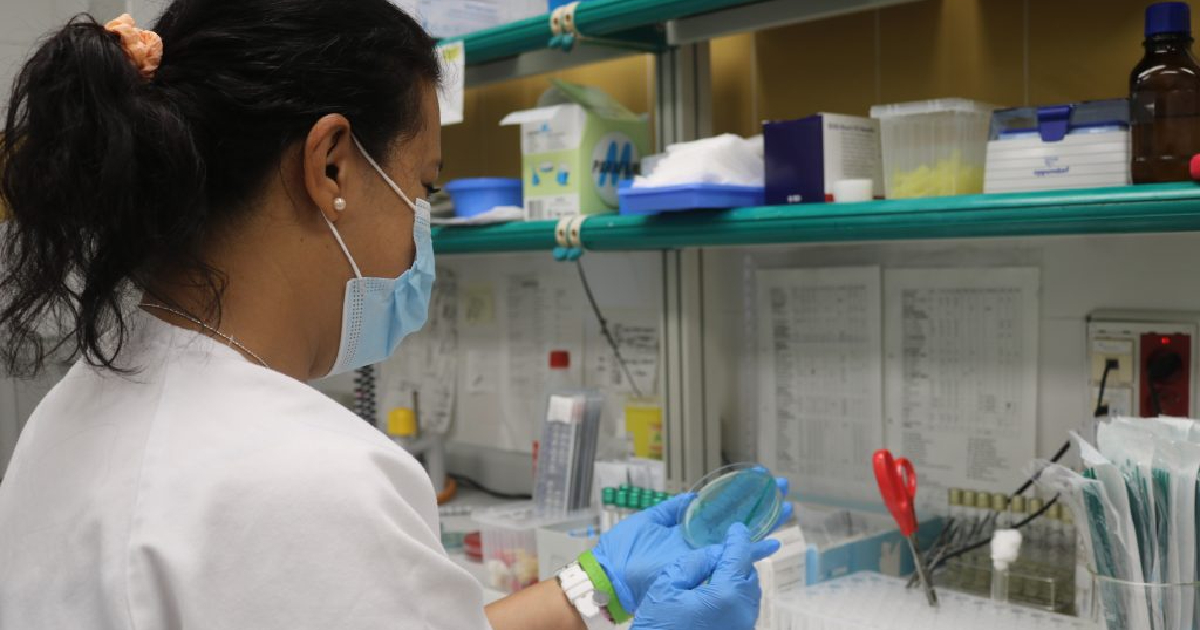The General Directorate of Public Health in the Canary Islands, Spain, announced on Tuesday the first imported case of the Oropouche virus: a 49-year-old resident who exhibited symptoms matching this infection after returning from a trip to Cuba.
The entity shared on the social network X that the patient experienced symptoms such as fever, diarrhea, and joint pain, prompting an evaluation at Primary Care and subsequent referral to the Insular-Maternal and Child University Hospital Complex. Samples taken were sent to the National Center for Microbiology, which confirmed the presence of the Oropouche virus. Initial tests conducted in the Canary Islands for dengue, Zika, and chikungunya were negative.
The patient has responded well to the prescribed medication and has not required hospitalization. Currently, he is under home-based epidemiological monitoring, according to El Diario.
This marks the first instance of the Oropouche virus identified in the Canary Islands, although cases have been reported in other autonomous communities in Spain, such as Galicia, Andalusia, the Basque Country, and Madrid, all involving individuals who had also traveled to Cuba recently.
The Oropouche virus, first identified in 1955 in Trinidad, is transmitted by midges of the genus Culicoides, which are not present in Europe. Symptoms of the infection include vomiting, nausea, fever, headache, and diarrhea, typically lasting five to seven days. In very rare cases, the disease can lead to aseptic meningitis.
To date, over 7,700 cases have been recorded in Latin American countries such as Brazil, Bolivia, Peru, Cuba, Colombia, and Brazil, where fatalities have been reported. The Pan American Health Organization (PAHO) and the World Health Organization (WHO) issued an epidemiological alert on August 1, urging countries to enhance surveillance and improve diagnostics to control the virus's spread.
Understanding the Oropouche Virus Outbreak
In light of the recent Oropouche virus case in the Canary Islands, here are some frequently asked questions and answers to provide more clarity on the situation.
What is the Oropouche virus?
The Oropouche virus is a disease transmitted by midges of the genus Culicoides, causing symptoms like fever, diarrhea, and joint pain. It was first identified in 1955 in Trinidad.
How is the Oropouche virus diagnosed?
Diagnosis is confirmed through laboratory tests that detect the virus in blood samples, often conducted at specialized centers like the National Center for Microbiology.
What are the treatment options for Oropouche virus?
Currently, there is no specific antiviral treatment for the Oropouche virus. Supportive care, including hydration and pain management, is the primary approach.
Has the Oropouche virus been reported outside Latin America?
Yes, cases have been reported outside Latin America, including in Spain, particularly among travelers returning from affected areas.
